A ‘significant reduction’ in exams in Scottish schools has been proposed, along with the end of the tests for S4 pupils continuing to Highers.
The suggested changes are set out in an interim report of the Hayward independent review of assessment and qualifications.
The report suggests a Scottish Diploma of Achievement as the centre piece of future qualifications.
Through the diploma, pupils would only have to sit an exam when they ‘exit’ a subject and would gather evidence of achievements leading up to that point.
This, for example, would mean S4 pupils intending to study a subject to Higher level would only sit an external exam in S5.
The report stated: “Many learners who take National Qualifications have three consecutive years of examinations in individual subjects. This is too much.
“For courses where there are external examination, no student should take examinations in the same subject on three occasions.”
The model would include a ‘more appropriate’ balance between evidence gathered
from examinations and from assessments undertaken in schools and colleges.
Evidence gathered would show what was ‘really important’ in individual subjects, through observation, open book tasks, additional project based work, oral presentations, and other methods.
The report stated: “Extending the range of approaches to gathering evidence will allow more learners to demonstrate their achievements in ways better suited to individual learners.”
Views were sought through consultation
The new model put forward in the report, led by Professor Louise Hayward, has been designed to recognise a wider spectrum of learners’ achievements, not just those traditionally measured by exams.
Schools, colleges, universities, employers, parents, and young people from across the country have all helped to shape the proposed model for the diploma during an extensive consultation process.
Further views will now be taken from schools and colleges to refine this model, before a final report is submitted in May for consideration by Scottish Ministers.
Education expert Professor Hayward, of the University of Glasgow, was asked by the Scottish Government to look at the future of qualifications and assessment.
She said: “We want the recommendations that come from our work to improve outcomes for all learners.
“By taking a broader and more inclusive approach I believe our proposed model will help create a fairer, more prosperous future society in Scotland.”
She added: “We need a qualification system that will support all learners as they transition into whatever they choose to do in the next stage of their lives, in college, employment, university or the voluntary sector.
“This approach would lead to a better balance between external assessment, including examinations, and other ways of gathering evidence across the senior phase.”
‘A worrying lack of focus’
However some say the changes do not go far enough.
Michael Marra, education spokesman for Scottish Labour, said: “Professor Hayward’s work so far appears to be constrained by the very tight remit she was set by the SNP government and the glacial pace at which they have approached these reforms.
“It is far from clear that this report can really deal with the dominance of high stake examinations, which was one of the core issues that forced the SNP to act.
“There is a worrying lack of focus on the challenge of AI in assessment and the final report must address what will be the central challenge of the coming few years.
“If we do not grasp the question of technology this work will be yet another missed opportunity, in an ever increasing list of them.”
The independent review group’s final report and recommendations will be submitted to the Education Secretary Shirley-Anne Somerville, who will respond in due course.
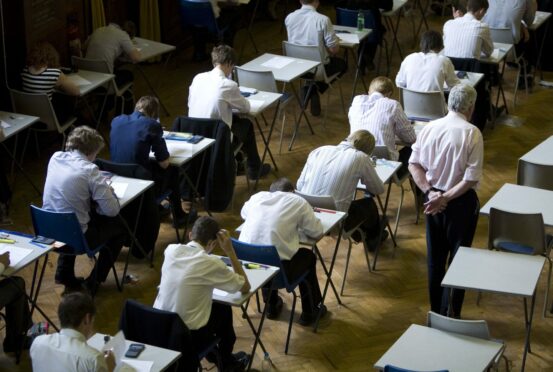
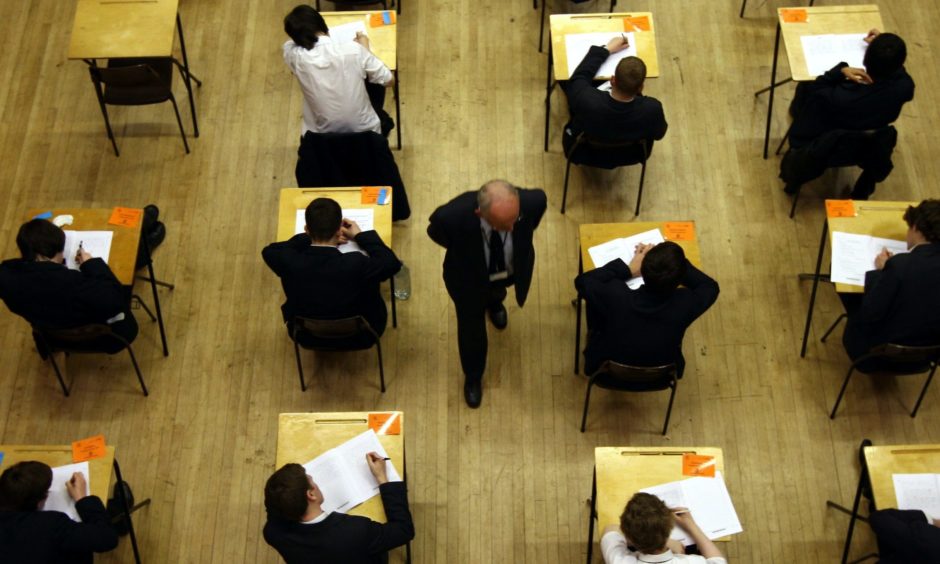
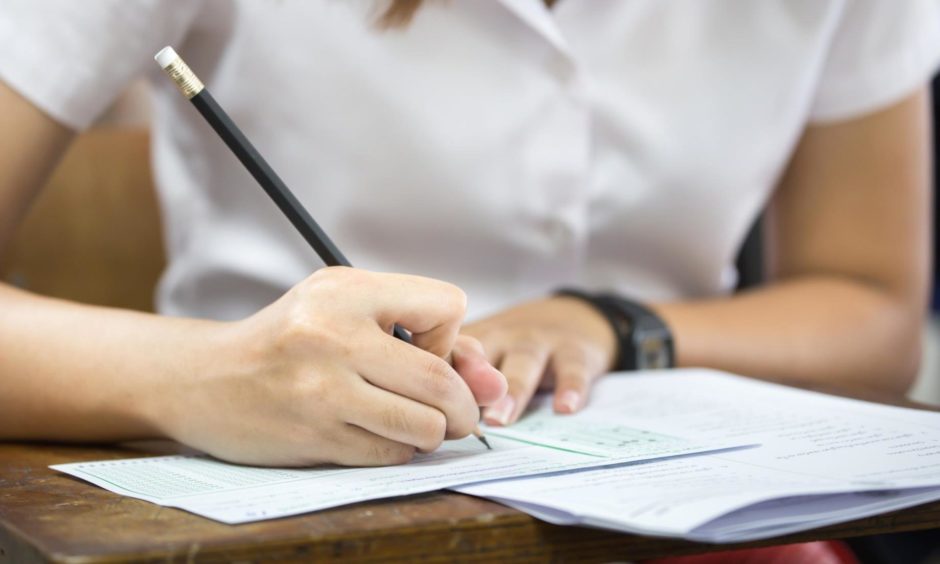
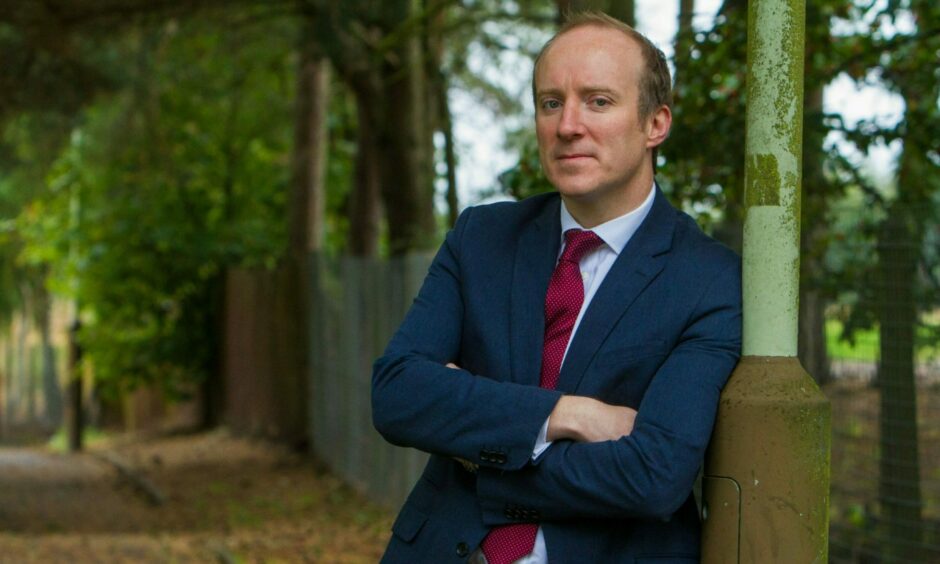

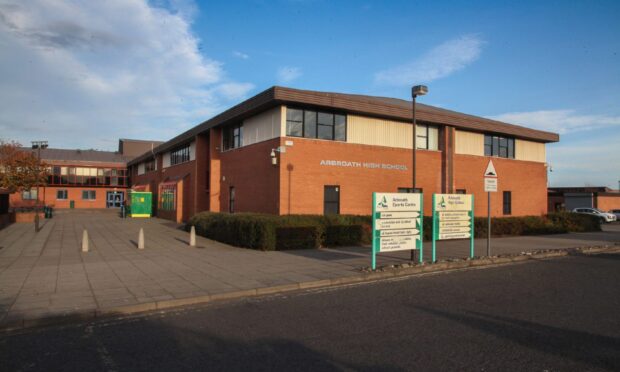








Conversation